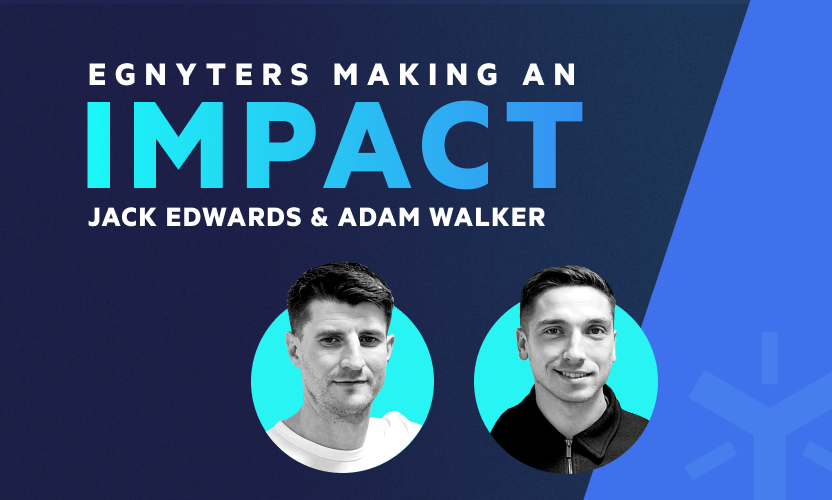
Celebrating Our Newly Approved Patent: The Egnyte Object Store (EOS)
While we don’t think of ourselves as a storage company, we are in fact storing many petabytes of data right now, made up of billions of files. Today we hardly think of what's required to store and secure these files for our customers, often taking this process for granted. I like to think it's because we consider it something comparable to the act of breathing – a fundamental to existence yet rarely given a second thought.This act of storing files, occurring today with stunning regularity and rhythm, actually took years to improve upon and perfect. Our greatest asset throughout this process has been the Egnyte Object Store (EOS). It was born out of sheer necessity during a turbulent time in our history, and without constant improvement we would not be here today.Pre – EOSIt was 2010, when we moved to 1890 Shoreline and the word cloud was used predominantly on the weather channel. We were seeing early customers really take to the platform. However our storage management was still in the very early stages. We were trying to scale traditional NFS storage. Each application server was hardwired to one or more NFS storage filers and and as a result, limited by its capacity. Each NFS mount was 16TB, which limited what each customer could store to just that! Customers wanted to pump more data and the solution was for our Ops team to physically copy data from one storage filer to another.The architecture and processes were fraught with challenges and the system would run out of breath constantly.Blood pressure levels ran high - as you can imagine - and the solutions available to us were not pretty! We would either have to procure expensive storage management for millions of dollars and hope it fixed the problem or use public storage which cost roughly $0.25/GB plus bandwidth costs at that time. Both options were economic death knells for an early stage company.The last option was to build something in house to tackle this monstrous challenge. While this last path (building EOS) would not be a quick fix and would lead us into the unknown, it was a decision we're happy we made. Nine months after the decision to go ahead with EOS, the first version was born to address the challenges which almost brought down the company.Post – EOSAs the years have gone by, EOS has become the foundation of our growth, allowing "storage at scale" to become technically and economically feasible:• EOS is infinitely scalable making the application agnostic to how much data is stored and allowing customers to now store 100’s of TB.• EOS decides where data is stored, whether it’s our data center or with other storage options like Google Cloud Services, Amazon Web Services (AWS), Microsoft Azure and more. Though we set out to solve storage at scale within our datacenter first, we believed that over time cloud storage would become a commodity and that EOS should be built to store not just within the Egnyte datacenter but in other clouds as well.• Within our data center EOS leverages commodity storage without compromising security or performance and dropped costs to pennies per GB.• EOS streams data in real time to the storage and makes multiple copies for redundancy.• EOS de-duplicates data to reduce our storage costs (i.e. saves only 1 copy of redundant files).• EOS secures data by encrypting it.EOS was built and perfected thanks to the passion and efforts of a core group of Egnyte architects and engineers who embraced the challenge to innovate under adverse conditions. Thanks to their tireless efforts, Egnyte is now proud to have a very successful solution — our Egnyte Object Store, which has been awarded US Patent 9,135,269.





